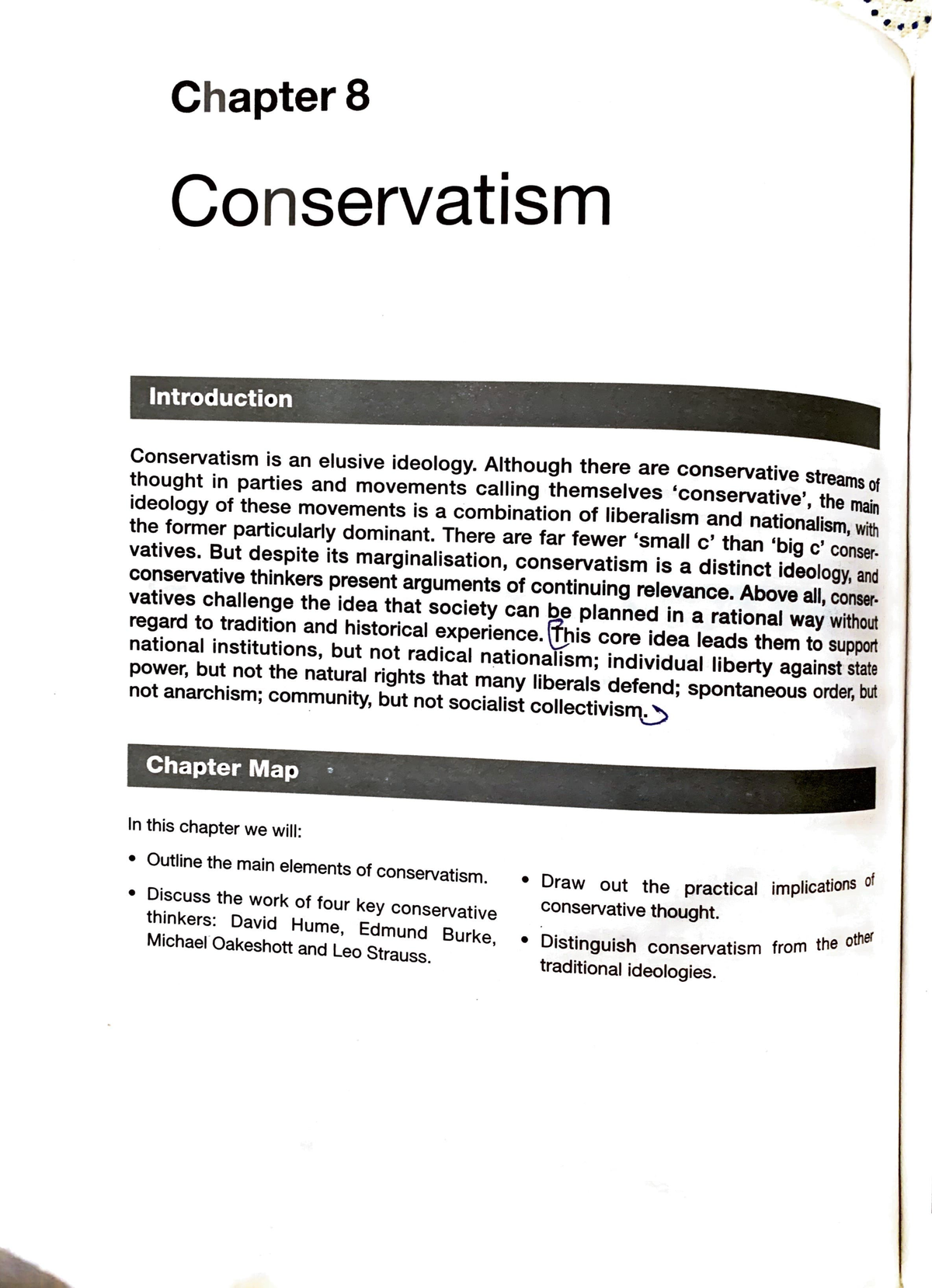
Other important constraints include consistency, which requires the same accounting methods to be applied over time, and materiality, which dictates that all significant financial information must be disclosed. Understanding these principles is fundamental for anyone looking to grasp the core mechanics of accounting practices. The conservatism principle is the general concept of recognizing expenses and liabilities as soon as possible when there is uncertainty about the outcome, but to only recognize revenues and assets when they are assured of being received.
An evaluation of accounting-based measures of expected returns
The fundamental accounting concepts like accrual accounting, the matching principle, and the going concern assumption are all influenced by the constraints mentioned above. These constraints ensure these concepts are applied in a way that provides a clear and accurate picture of a company’s financial health. By incorporating the principles of accounting constraints into their practices, professionals can optimise resource allocation, reduce risks, and drive sustainable growth for their organisations. This principle of comparability conservatism constraint holds immense significance for stakeholders, enabling them to make well-informed decisions and conduct thorough analyses of financial data with precision and confidence. Consistency in financial reporting ensures that a company steadily adheres to uniform accounting principles from one reporting period to another, thus facilitating meaningful analysis relative to competitors or industry benchmarks. The consequences of this oversight can be attributed to financial constraints and a lack of cost consciousness within organisations.
Culture & society
However,one should not conclude that conservatism is essentially a Britishview; all cultures have political sceptics who value experience. Accounting also emphasises the utmost importance of consistency and comparability, both of which are foundational principles deeply intertwined with the theory of accounting constraints. In the intricate world of financial management, accountants navigate a complex web of challenges, requiring a profound understanding of the intricacies and limitations of accounting practices.

What is Accounting Conservatism?
Prejudice is normative; the inability to subsume particularactions under a universal law does not imply radical relativism(Vannatta 2014). For the classical liberal, in contrast, reasonprecisely does not operate within customary frameworks. A management team can use accounting conservatism to its advantage by recording large loss reserves. Doing so tanks the reported results in the current period, but creates a large reserve against which management can dump any number of losses in later periods. Accounting conservatism is the concept that a business should take the most conservative view to recording business transactions.
The conservatism principle and the asymmetric timeliness of earnings
In contrast, if there is a possibility of a gain coming the company’s way, they are advised not to record it in the financial statements until virtually certain of receiving some benefit. A cautious approach generally presents financial statement in the least optimistic light. There is a danger that assets and revenue would be overstated, so where the accountant has two acceptable options, the principle of conservatism would recommend presenting the lower of the two options.
Revolutionary systems, and autocratic systems with nopossibility of incremental change—societies that do not exhibitliving traditions—are not amenable to a conservative outlook. Onthis view, conservatism is situational, but some situations do notpermit conservative responses. Accounting constraints sometimes referred to as modifying principles, are used to modify accounting assumptions and accounting concepts to make accounting information in financial statements more useful for users. – Assume the same example above except GGI anticipates losing the lawsuit instead of winning it. If Blue Guitar, Inc. expects to lose the suit; they should record the loss in the footnotes of its financial statements.
By providing comprehensive disclosures, companies adhere to the principles of accounting conservatism, ensuring that users of financial statements are fully informed about potential risks and uncertainties. It advocates piecemeal, moderate reform, whichfollows from its scepticism concerning reason, and its valuing ofexperience concerning human affairs. Burke argued that “a statewithout the means of some change is without the means of itsconservation”.
Both the economicmarket, and state planning, are inimical to “sentimental”or personal value, Cohen argues. As we saw, conservatives have conflicting responses towardsestablished power that arises from revolution. Non-relativisticconservatives (1.4 above) always rejected the Soviet system, no matter how long it endured, andcontinue to reject Chinese communism. They do not regard these as“traditions” in the manner of long-standing,organically-evolving institutions such as English Common Law.Relativistic conservatives, in contrast, might accept these systems,if they endure for long enough. Thus Oakeshott in Rationalism inPolitics refers to the Russian tradition of autocracy,perpetuated by the Bolshevik revolution; it is not “good”or “bad” tradition, but the only one that Russia knows.
These limitations are not only theoretical constructs but also wield measurable impacts on a company’s bottom line, influencing profit margins and cash flow dynamics. Standardized accounting procedures like conservatism make it easier for investors to compare financial statements, no matter the industry. The concept of conservatism encourages a cautious approach to bookkeeping, recording figures only when they are fully verified. Here’s a closer look at how this works, along with the pros and cons of conservatism in financial accounting. Conservatism dictates that if it is more probable than not that the loss will be incurred, accountants are encouraged to record it immediately, regardless of whether it has actually been paid out yet.
- One might show prejudiceas irrational, but there will be a loss if it is discarded (Scruton1980).
- However,Cohen continues, conservatives can regard modernisation as beneficialoverall, while lamenting what has been lost—admiring a splendidnew building, yet grieving over what it replaced.
- There’s less risk of unexpected disappointment or surprise loss when you’re conservative with your accounting.
- They do not regard these as“traditions” in the manner of long-standing,organically-evolving institutions such as English Common Law.Relativistic conservatives, in contrast, might accept these systems,if they endure for long enough.
- There are also disadvantages of conservatism in accounting from a tax authority perspective.
Like all standardized methodologies, these rules should also make it easier for investors to compare financial results across different industries and time periods. No revenue should be recorded before these events take place, even if business managers are very sure that a customer is going to want products or services. To achieve basic objectives and implement fundamental qualities GAAP has four basic principles, and four basic constraints. Bentham and—on some views—Burke seem to conceive only oflegal rights; but if one can make sense of moral obligation, one canmake sense of abstract rights. Oakeshott rejects the universal claims of liberalism, because he isinterested only in claims grounded in English politicalexperience.
